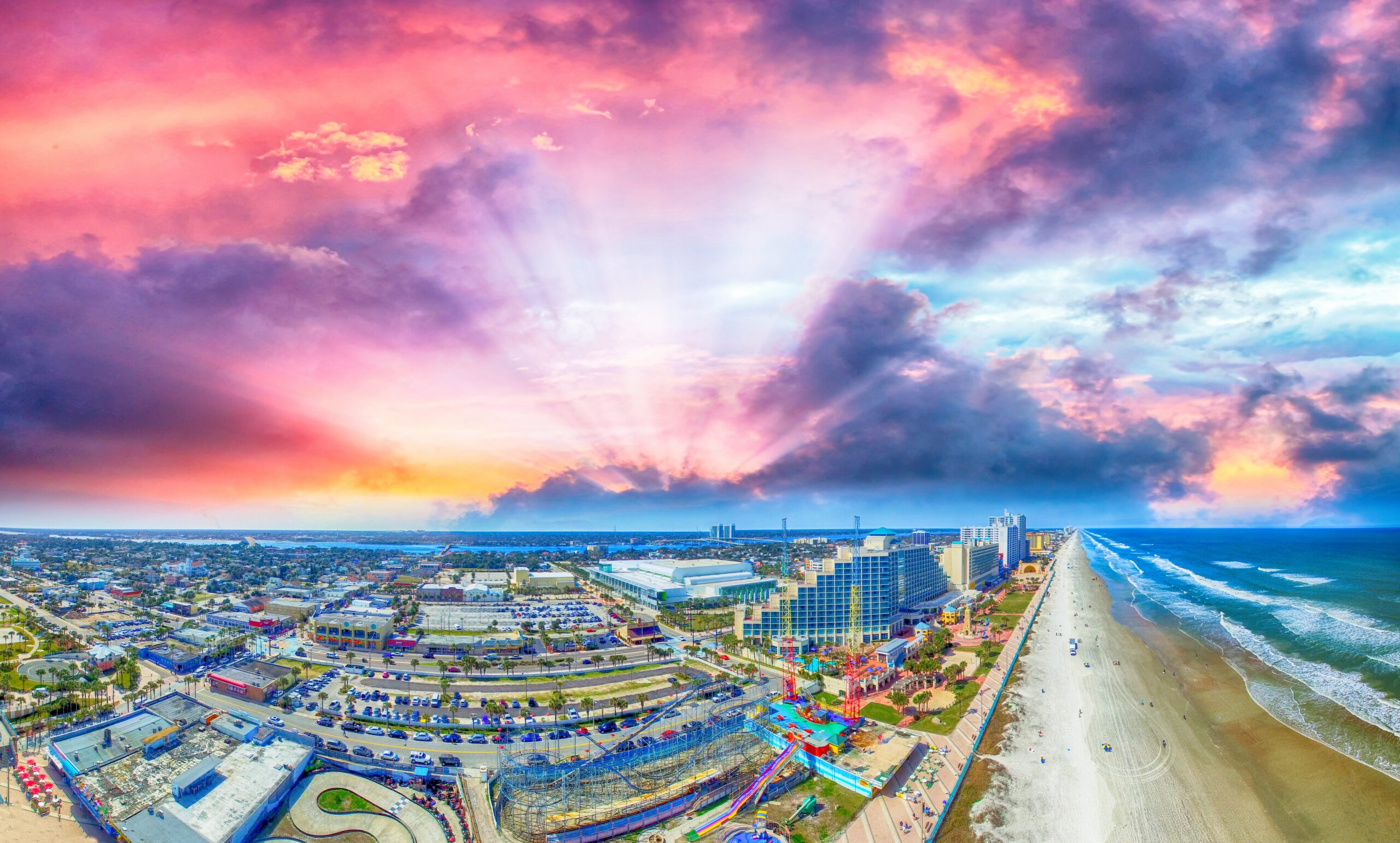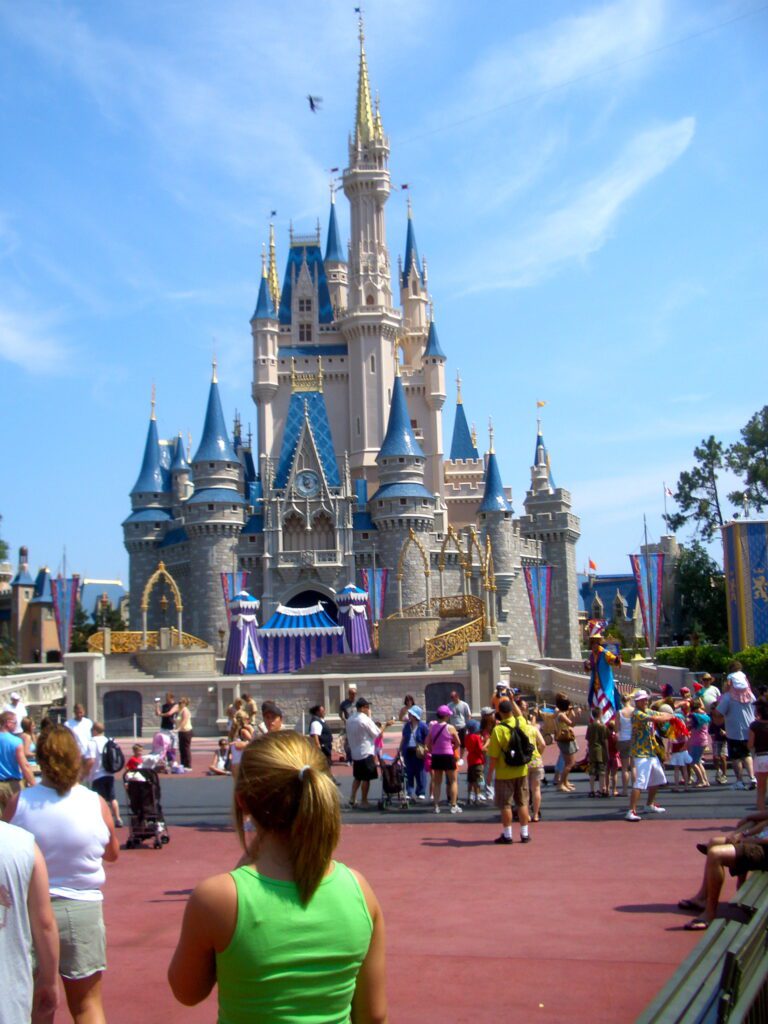This article provides an overview of things to see and do in Daytona Beach, Florida along with useful links to other websites for additional travel related information.
At a Glance
Known for the Daytona 500, Pepsi 400, Daytona International Speedway, Bike Week, Biketoberfest and beautiful beaches, Daytona Beach has a lot to offer. It’s also within an hour’s drive to major attractions like the Kennedy Space Center Visitor Complex and Orlando with all of its theme parks and other attractions. Daytona Beach can be divided into several areas: the Boardwalk Area, Historic Beach Street, Main Street, Midtown, Ormond Beach Main Street, Ponce Inlet, Seabreeze Historic District and the Speedway Gateway District.
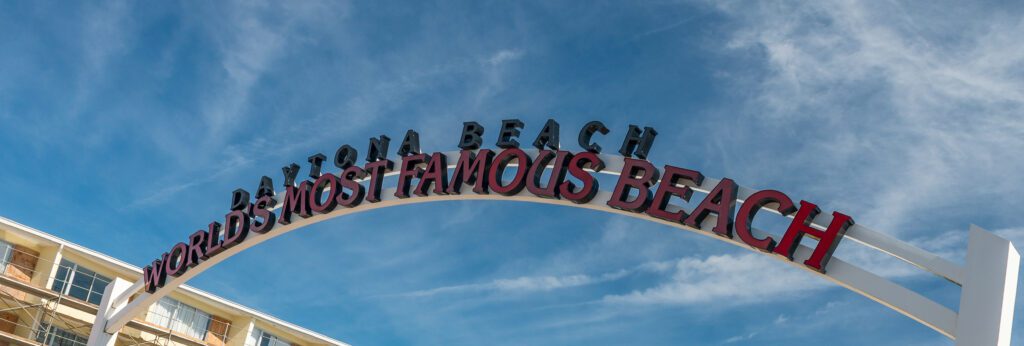
The average annual temperature is a warm 70 degrees Fahrenheit (21 degrees Celsius), and the average water temperature is 70 degrees Fahrenheit (21 degrees Celsius). A typical January might range between the mid 60s (15.5 Celsius) and low 70s (21 Celsius) during the day and the 50s (10 Celsius) at night. Occasionally, there are cooler days but the temperature along the beach will usually be several degrees warmer than it is 15 miles (24 kilometers) inland. This moderating effect occurs because of ocean breezes, which also keep the climate mild in the winter.
Hurricane season, between August and December, can produce some unpleasant weather on the rare occasion when a tropical storm chances to veer inland in the immediate vicinity. Many US families brave the heat and flock to Daytona during the summer school holidays from the beginning of June until the end of August.
The Beach
The beach is 23 miles long (37 km) and up to 500 feet (152 km)wide at low tide. The gentle slope and tides have packed the hard, white sands nearest the ocean, enabling automobile access. Of the 23 miles (37 km) of beach, 16 miles (26 km) allow driving and parking during the day and when the tide permits. The sand becomes softer as one moves further inland from the waterline. Sand dunes in the area can reach as high as 25 feet (7.5 meter).
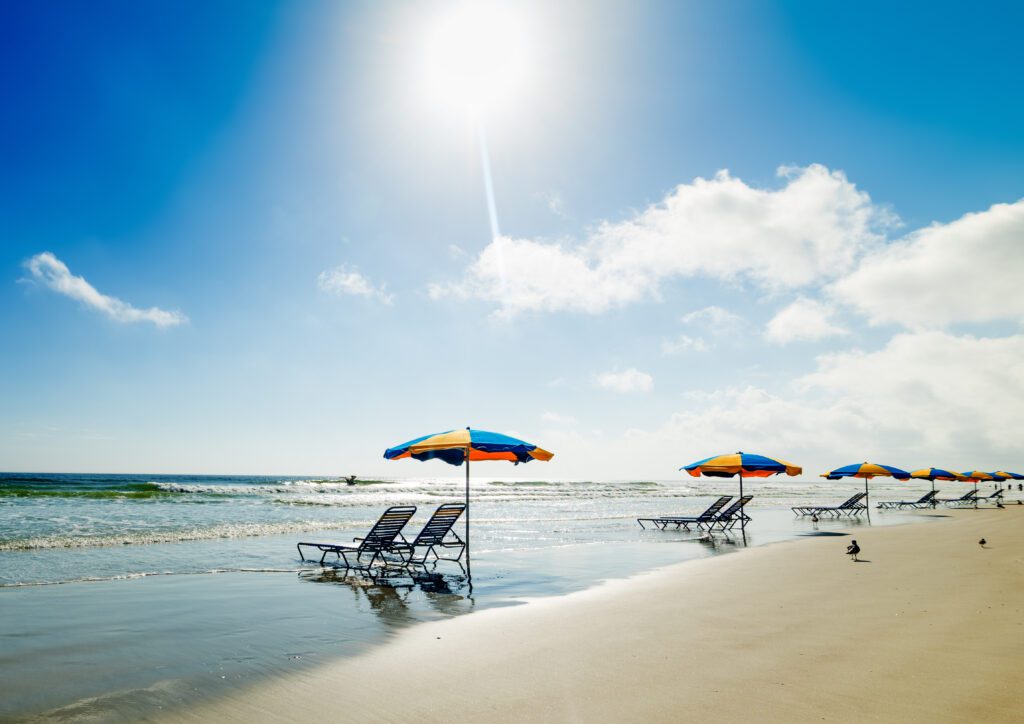
The beach became well known because it was used as a proving ground for developing the automobile engine. That technology was also put in use in developing aircraft engines for World War II fighters. Thus, the world’s eyes were on Daytona Beach each time an automobile raced along the beach in the late 1930’s and early 1940’s attempting new land speed records.
Driving isn’t the only activity to do on this beach. There swimming, surfing, boogie boarding, fishing, walking or biking on the boardwalk and pier and getting a bite to eat at Joe’s Crab Shack.
Proud Racing Heritage
Automobile racing has grown and evolved in the Daytona Beach area since the turn of the 20th century. On March 29, 1927, Englishman Major Henry Segrave made automotive history by breaking the 200 mph (322 kph) limit by racing down the sands of Daytona Beach in his car, the Sunbeam “Mystery S”.
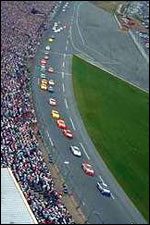
In 1959, William “Big Bill” Henry Getty France completed construction of a high-banked 2.5-mile (4 km) tri-oval track known as Daytona International Speedway. The first Daytona 500 was run on February 22, 1959. More than 41,000 fans witnessed a race. Over the last four decades, NASCAR racing has continued to grow in popularity.
More than 150,000 race fans attend the association’s premier race, the Daytona 500. Competition remains fierce, with the margin of victory totaling just seconds!
In addition to the Daytona 500, which is held each February, and the Pepsi 400 held annually in July, major motorcycle races are staged in both March and October at the speedway. On the rare occasion when Daytona International Speedway falls silent, racing remains at two nearby tracks – the Volusia County Speedway in Barberville and the New Smyrna Speedway in New Smyrna Beach. Both tracks offer a full racing schedule every Saturday night.
Other Attractions
The Daytona International Speedway is home to the NASCAR Racing Experience, which allows you to drive a real race car or ride along as a passenger and the Motorsports Hall of Fame of America, which has exhibits relating to any and all motorsports.
Many motorcyclists flock to Daytona for its annual Bike Week in March and Biketoberfest in October. If you’re looking for a nice quiet vacation at the beach don’t come to Daytona during these weeks. Thousands of motorcyclists descend on Daytona Beach cruising their bikes around town and partying at the local bars.

The Museum of Arts & Sciences is a nice museum consisting of the Charles and Linda Williams Children’s Museum, the Cici and Hyatt Brown Museum of Art, Gamble Place, the North Wing, the Lowell and Nancy Lohman Family Planetarium, the Tuscawilla Preserve, the Root Family Museum and the L. Gale Lemerand Wing. This is a great place to go see on one of those rainy Florida days.
The Ponce de Leon Inlet Lighthouse Museum is located at the southernmost point of the area, the lighthouse serves as a faithful guide to mariners off the Atlantic coast. Historical displays and a gift shop are located on the grounds. A climb to the top provides a spectacular view of the Daytona Beach resort area.
Getting There
By Air
Daytona Beach International Airport (DAB) is served by several major airlines with service from more than 150 destinations worldwide. Alternatively you can fly into Jacksonville International Airport (JAX) or one of the two Orlando airports: Orlando International Airport (MCO) and Orlando Sanford International Airport (SFB).
By Car
Daytona Beach is conveniently located 54 miles (87 km) from Orlando on Florida’s Central East Coast, just an hour’s drive from many popular theme parks and other favorite tourist destinations. If you are traveling around Florida, Daytona Beach is easy to reach via Interstate 95 or Interstate 4. Interstate 95, the great Atlantic Coastal Highway that begins at the Canadian border far to the north and ends in nearby Miami, passes through Daytona Beach.
By Rail
Amtrak offers four passenger trains a day out of Daytona Beach to destinations throughout Florida and up the Atlantic Coast to New York City and Boston. Connection with the Sunset Limited Line in Orlando, allows you to travel by train through New Orleans and El Paso, Texas all the way to Los Angeles on the Pacific Coast.

